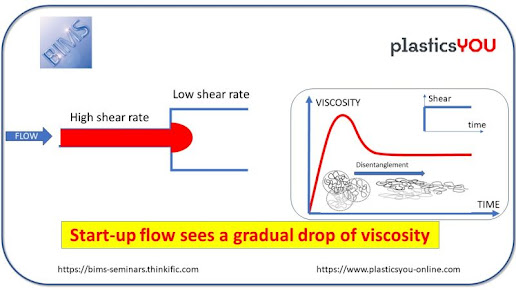US President Barack Obama Names Evonik as Key Partner of IACMI
Evonik Corporation, Parsippany, USA, was recently named by U.S. President Barack Obama as a key partner of the Advanced Composites Manufacturing Innovation Institute (IACMI), a $250 million public-private partnership of academia, federal and state government, and companies seeking to advance the commercialization of novel material sciences and composites solutions to the automotive, wind energy and compressed natural gas tank industries.
Led by the University of Tennessee at Knoxville, the IACMI reflects a $70 million commitment from the U.S. Department of Energy and $189 million from IACMI’s partners. IACMI is the fifth named institute of President Obama’s National Network for Manufacturing Innovation.
“Evonik is proud and excited to have an opportunity to work with technology leaders across academia and industry to bring composite solutions to life,” said Dr. Matthias Kottenhahn, head of Evonik High Performance Polymers business line. “Evonik’s participation in IACMI is right in our sweet spot, as we have a strategy of offering the world commercially viable ideas on how to utilize resources more efficiently. Our involvement complements other investments we’ve made, including a Composites Project House which is working to develop new materials and innovative light-weighting system solutions.”
Evonik manufactures a range of products that can be found in almost all components of fiber-reinforced composites. The company supplies core materials for sandwich construction, thermoplastic and thermosetting resin matrices, as well as the essential components for matrices such as crosslinkers, catalysts, impact strength modifiers or processing and process additives. Some of these products are used in sizings for glass or carbon fibers, and in adhesives for joining fiber-reinforced composites.
Source: Evonik
Led by the University of Tennessee at Knoxville, the IACMI reflects a $70 million commitment from the U.S. Department of Energy and $189 million from IACMI’s partners. IACMI is the fifth named institute of President Obama’s National Network for Manufacturing Innovation.
“Evonik is proud and excited to have an opportunity to work with technology leaders across academia and industry to bring composite solutions to life,” said Dr. Matthias Kottenhahn, head of Evonik High Performance Polymers business line. “Evonik’s participation in IACMI is right in our sweet spot, as we have a strategy of offering the world commercially viable ideas on how to utilize resources more efficiently. Our involvement complements other investments we’ve made, including a Composites Project House which is working to develop new materials and innovative light-weighting system solutions.”
Evonik manufactures a range of products that can be found in almost all components of fiber-reinforced composites. The company supplies core materials for sandwich construction, thermoplastic and thermosetting resin matrices, as well as the essential components for matrices such as crosslinkers, catalysts, impact strength modifiers or processing and process additives. Some of these products are used in sizings for glass or carbon fibers, and in adhesives for joining fiber-reinforced composites.
Source: Evonik


Comments
Post a Comment